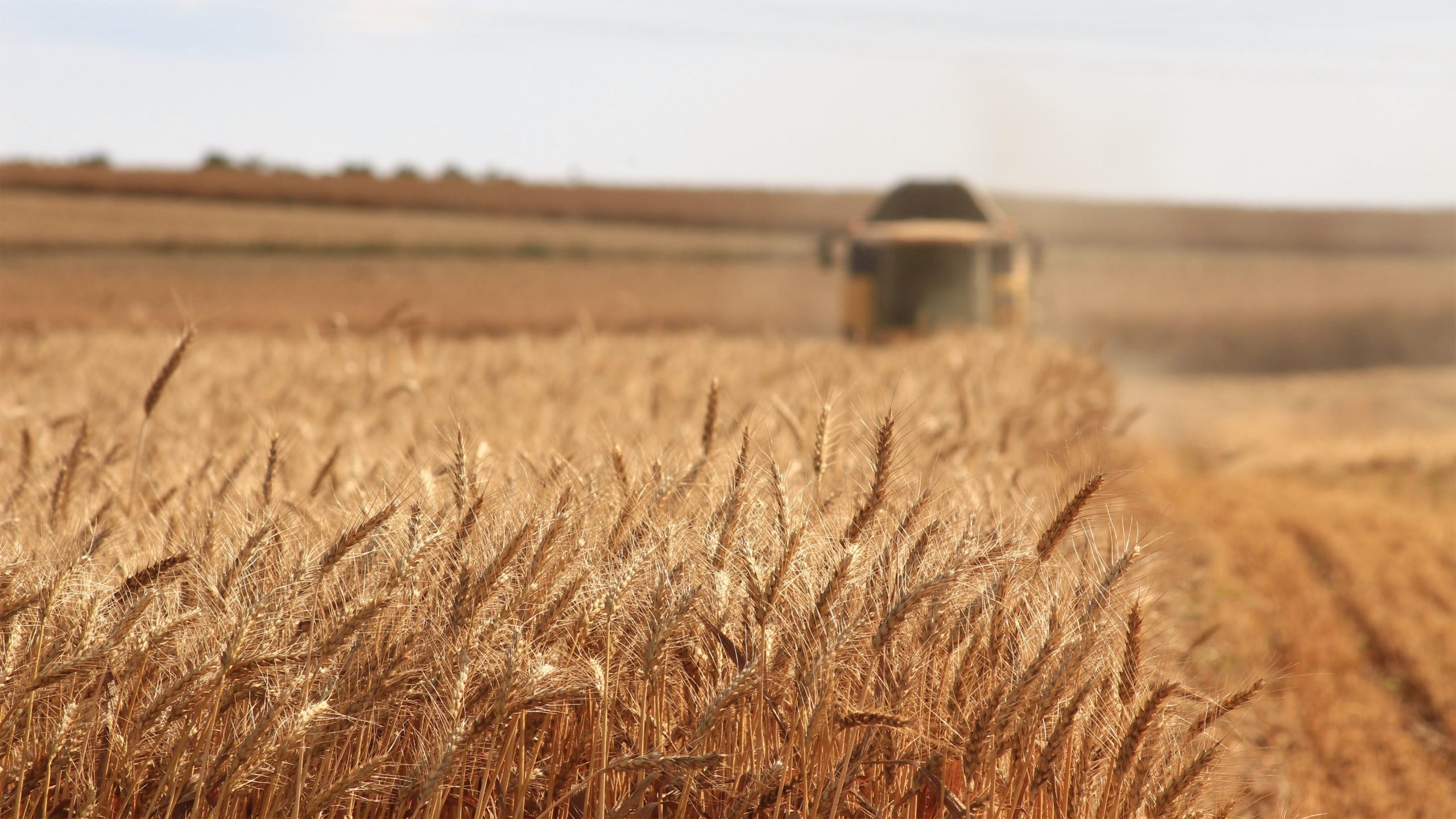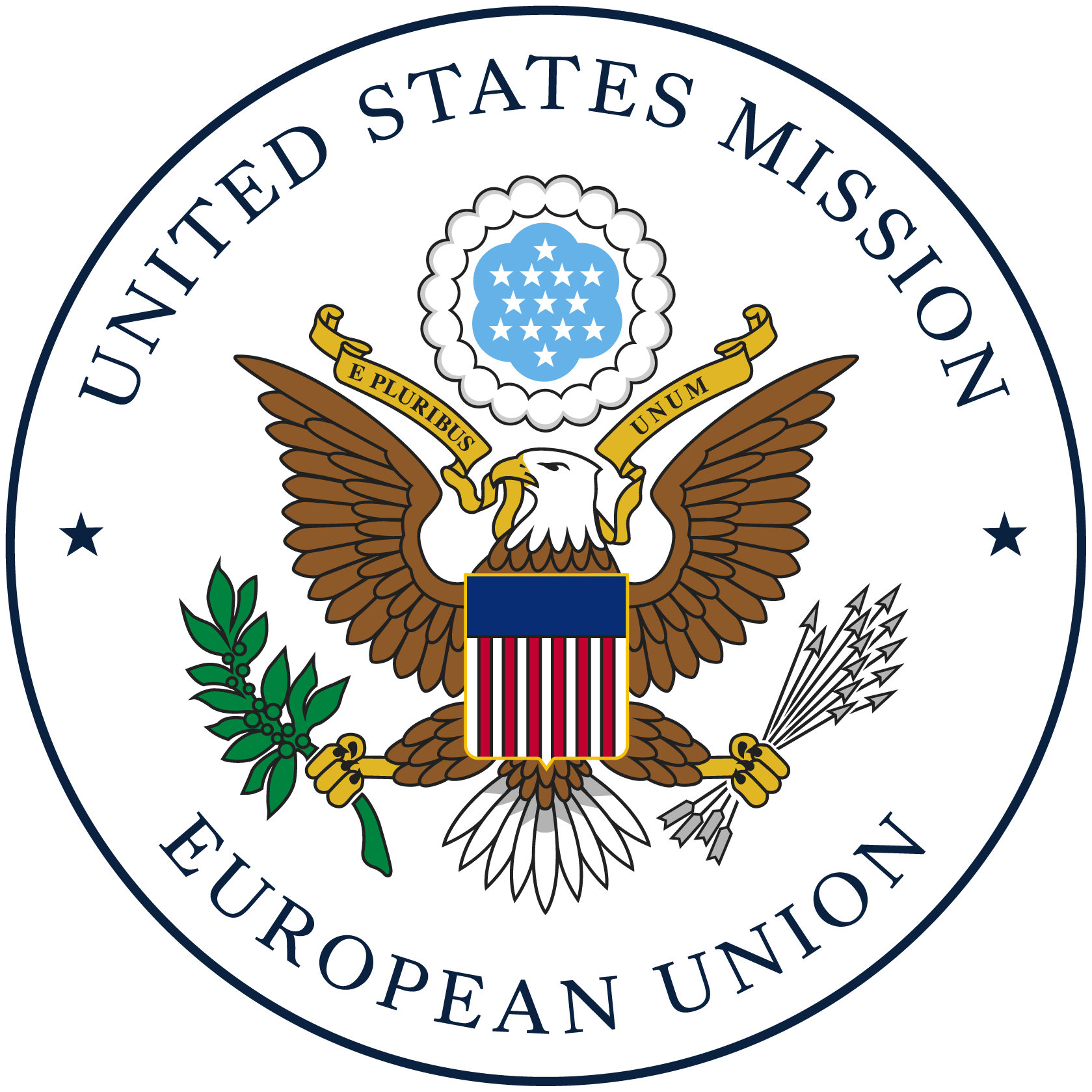How Does the EU Work?
EU Member States delegate part of their national decision-making power to common institutions they have created: the European Commission, the Council of the European Union and the European Parliament. In specified areas established by the Treaty on the Functioning of the EU (Lisbon Treaty), the Member States work together through these institutions to set common policies such as the Common Agricultural Policy (CAP) and the Common Fisheries Policy (CFP). The EU has the power to enact laws that are directly binding in all the Member States. These laws (regulations, directives and decisions) take precedence over national law.
The EU operates according to the principle of “subsidiarity”. This means that the EU institutions (especially the European Commission see “Key Players”) must justify the need for common rules and actions and demonstrate that the envisaged objectives cannot be successfully achieved by the Member States acting individually. The Lisbon Treaty allows national parliaments to object to a legislative proposal if it breaches the principle of subsidiarity. It also clarifies the division of competences between the EU and the Member States. For agriculture and certain aspects of fisheries, the EU and Member States share competence which means that Member States may exercise their competence as long as the EU has not exercised its competence or when the EU decides not to exercise it.
There are three EU institutions involved in decision-making:
- The European Commission
- The Council of the European Union
- The European Parliament
This “institutional triangle” produces policies and laws that apply throughout the EU. The European Commission proposes new legislation while the Council and the European Parliament adopt the laws. The Commission then implements and enforces EU laws and the Member States implement them.


